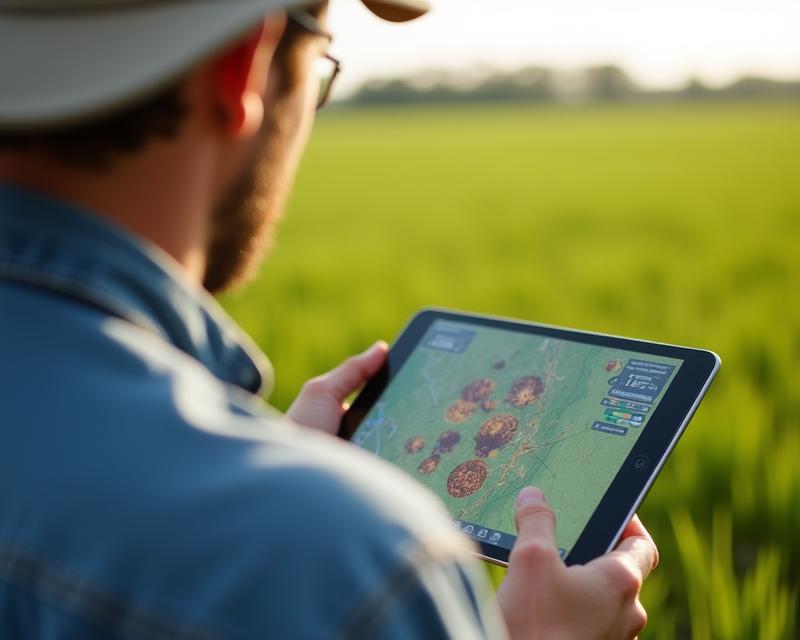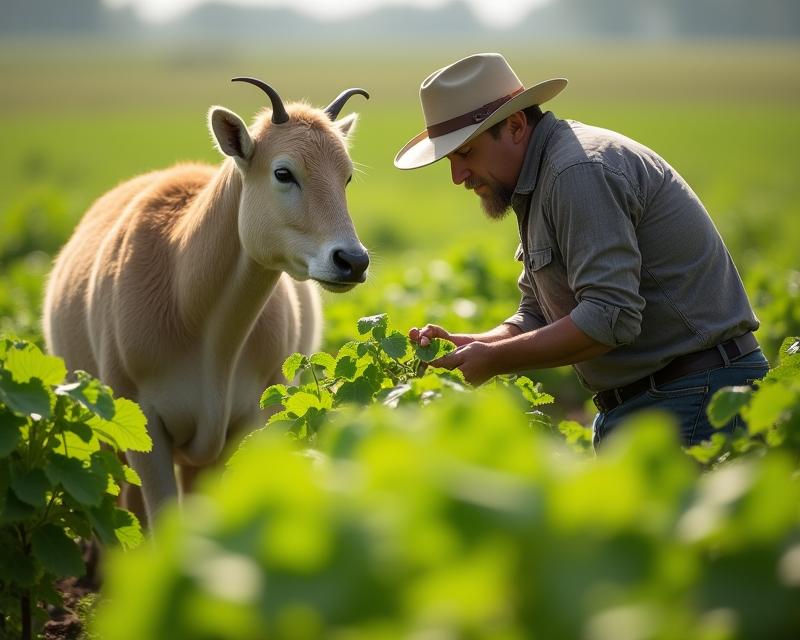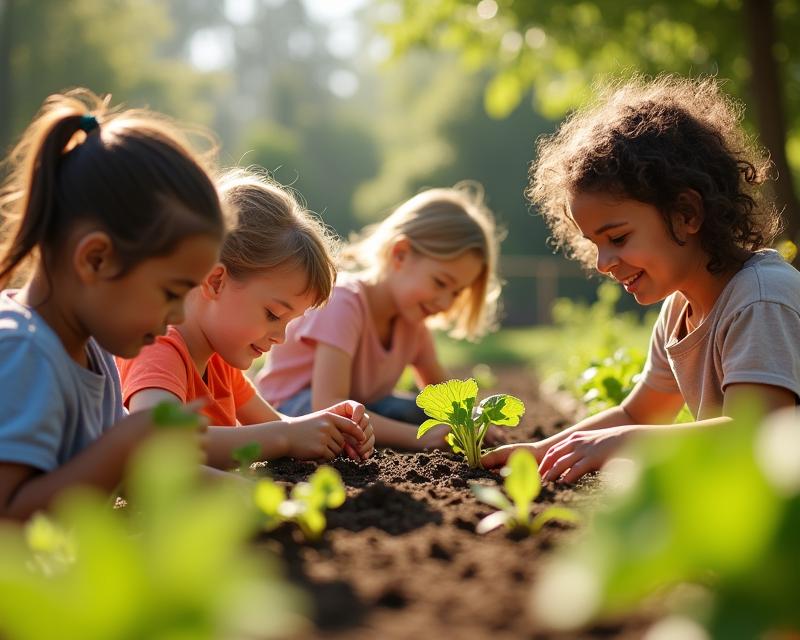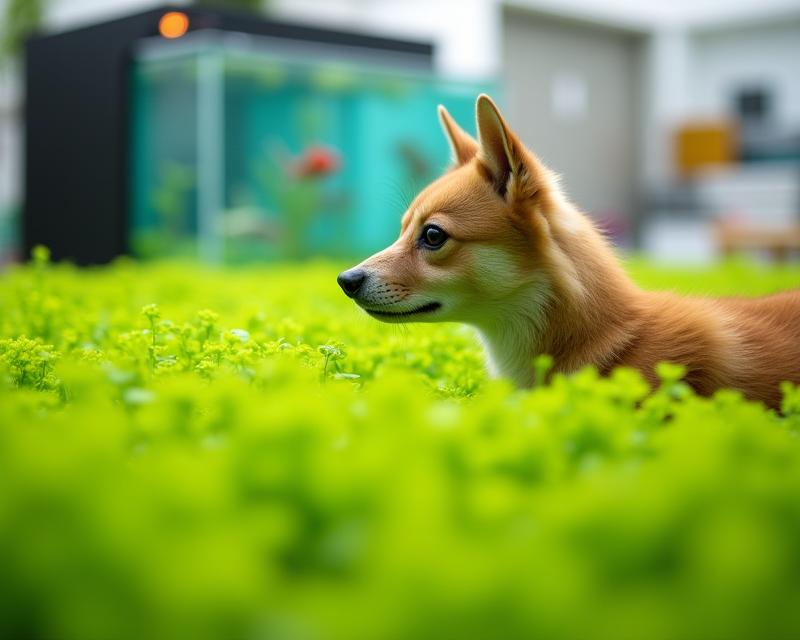Rotational Grazing: Boost Productivity!
Publish in Sustainable Farming el 06/07/2025 17:54
Rotational Grazing: Boost Productivity!
Rotational grazing is a fantastic way to improve your pasture health and boost your livestock's productivity. It's all about strategically moving your animals between different sections of pasture, allowing the plants to recover and thrive. Instead of letting your animals graze freely over the entire pasture, you divide it into smaller paddocks and rotate them regularly. This simple shift can have a huge impact on your farm!
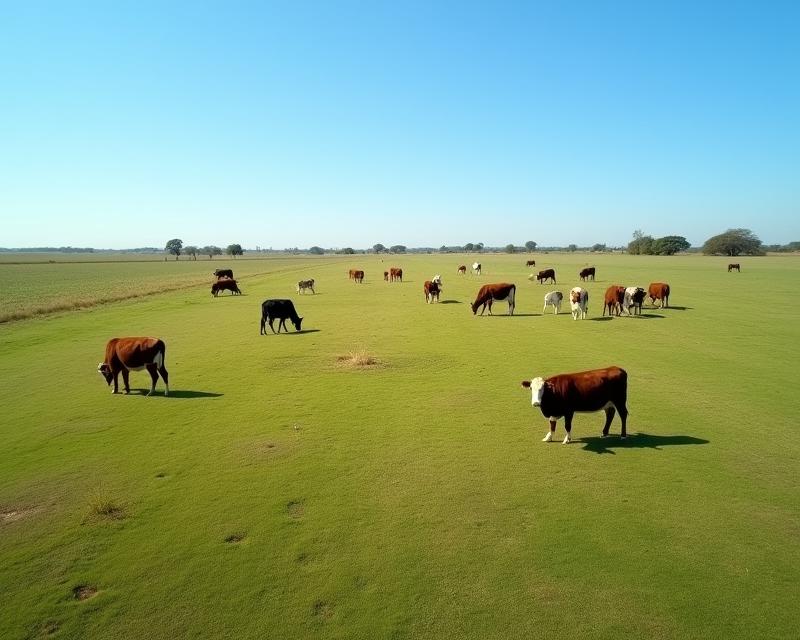
Paddock Layout: Planning for Success
The first step is to divide your pasture into paddocks. The size of your paddocks will depend on the size of your herd and the type of forage you have. A good starting point is to aim for paddocks that are large enough to support 2-5 days of grazing for your entire herd. Consider factors like water source accessibility and fence placement when designing your layout. Think about natural features like streams or hills – these can help define paddock boundaries. Clear, well-defined paddocks make rotation much easier to manage.
Rest Periods: The Key to Recovery
The most important aspect of rotational grazing is providing adequate rest periods for the pasture. After grazing a paddock, move your animals to a fresh paddock and allow the plants to recover. The length of the rest period depends on the plant type and the severity of the grazing. Generally, a rest period of at least 2-4 weeks is recommended. During this rest period, the plants can regrow, replenish their nutrient reserves, and increase their overall biomass. This leads to healthier pastures with more nutritious forage for your animals.
Grazing Intensity: Finding the Right Balance
Grazing intensity refers to how heavily your animals are utilizing the forage in a given paddock. Overgrazing can damage the pasture, leading to soil erosion and reduced productivity. To avoid overgrazing, it's important to monitor the pasture closely and adjust your grazing schedule accordingly. A good rule of thumb is to graze the pasture until the plants are about half-eaten, then move them to the next paddock. This allows the plants to recover before being grazed again. By carefully managing grazing intensity, you can maintain a healthy and productive pasture ecosystem. Remember to observe your plants – they'll tell you if you're pushing them too hard!
Rotational grazing isn't just good for your livestock; it's good for the environment too! It improves soil health, increases water infiltration, and reduces the need for fertilizers and pesticides. It's a win-win for your farm and the planet. Start small, observe your results, and adjust your system as needed. You'll be amazed at the difference it can make!

